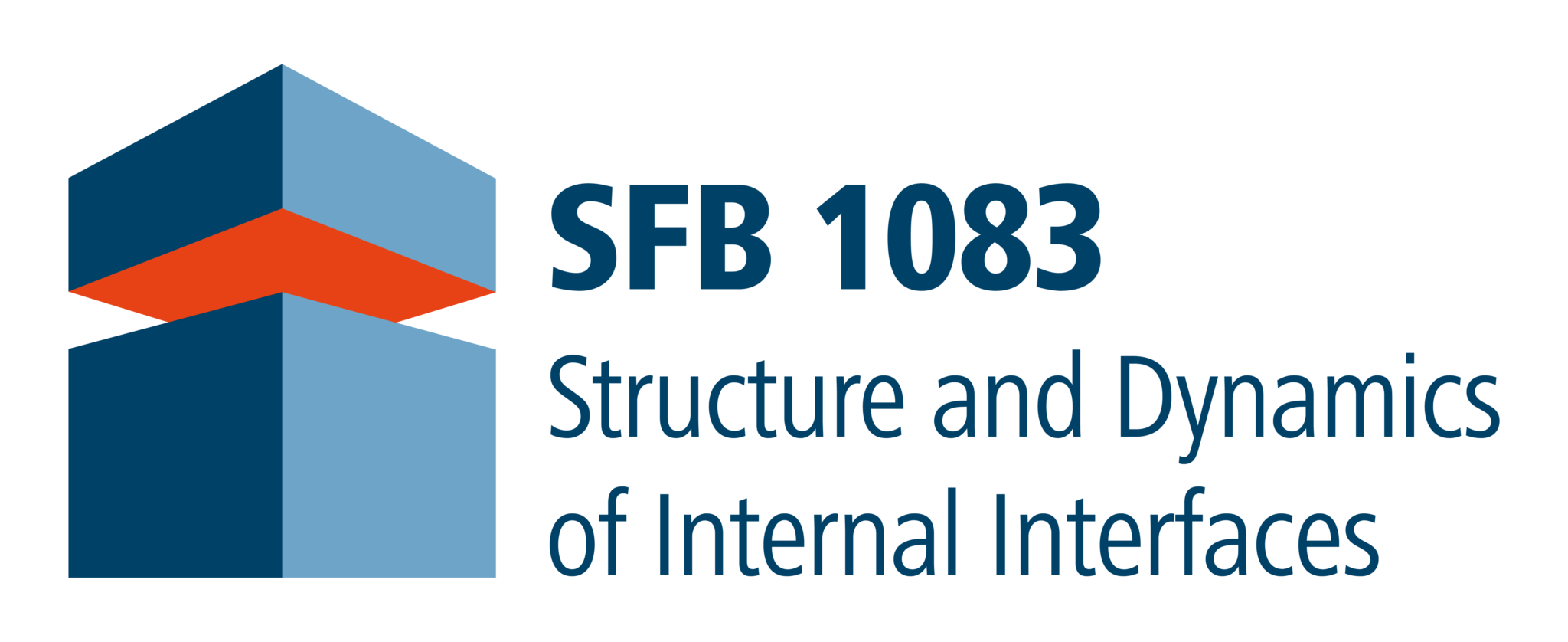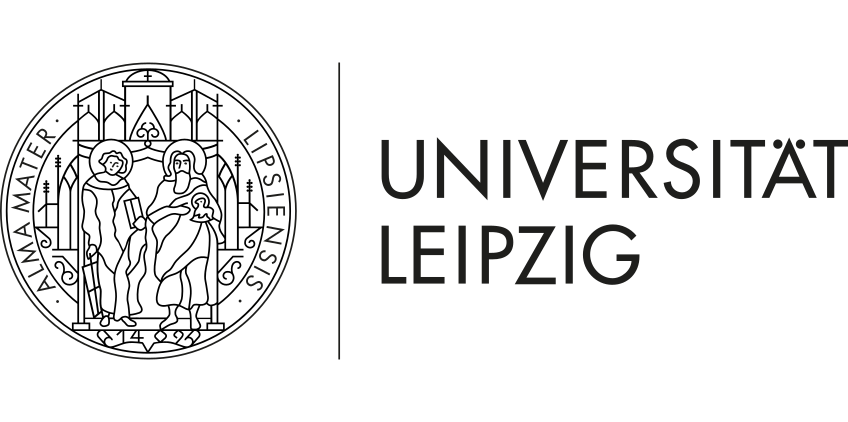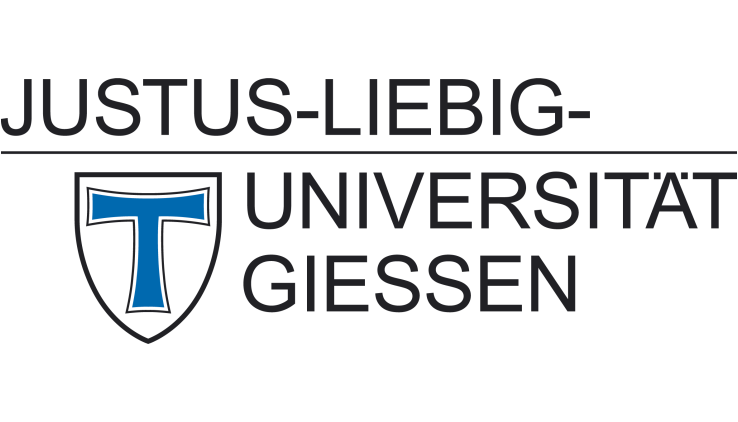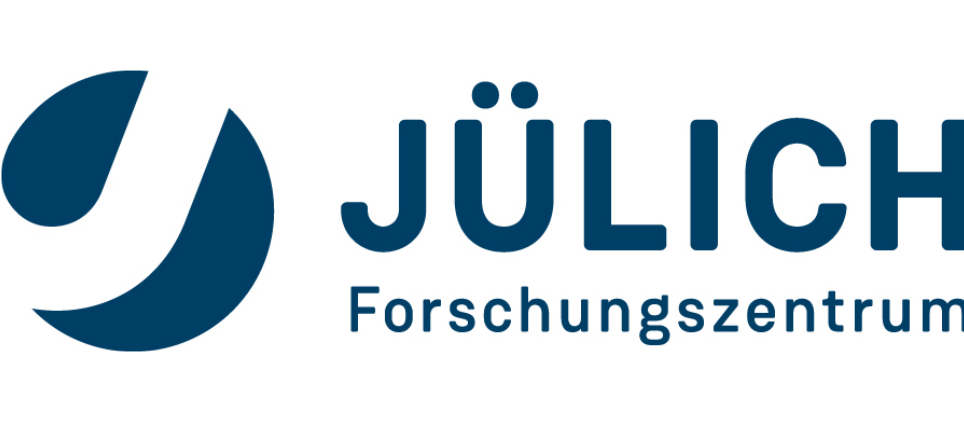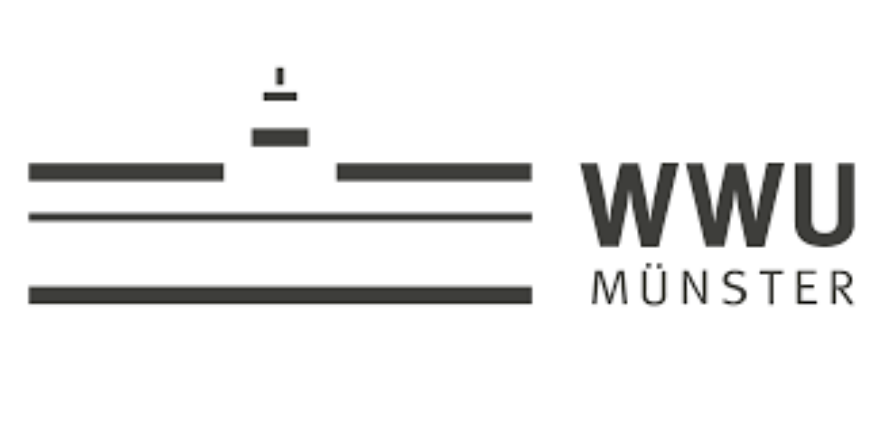New Publication by A2 (Witte)
The authors Tobias Breuer and Gregor Witte working in project A2 of SFB 1083 demonstrate a novel concept for the preparation of organic interfaces and solid heterostructures of tunable molecular orientation in a new publication in ACS Applied Materials & Interfaces.
The controlled preparation of heterostructures of various materials is an important prerequisite for the fabrication of electronic devices and sensors. For example, structural control of heterostructures of conventional, inorganic semiconductors enables electronic band engineering. In contrast with such covalently bound systems, rather little is known on appropriate strategies to facilitate organic heterostructures of precise, controlled structure. This is especially true, as organic materials are typically bound by rather weak van-der-Waals interaction only. Therefore, direct utilization of covalent bonding mechanisms which also direct the structure formation
in inorganic heterostructures is not possible. In the past, a number of strategies were developed to prepare organic films of high structural order and homogeneity. These mostly utilized enhanced adsorption energies at inorganic substrates or lattice match to gain control over film structure and molecular orientation. However, these approaches have been limited to unitary films only. The realization of organic heterostructures also requires consideration of molecular orientation, a peculiarity of molecular materials which is absent in the inorganic counterparts. Due to their anisotropic shape, the orientation of individual molecules in the films constitutes an important parameter, as opto-electronic characteristics of processed molecular solids are strongly determined by their alignment.
The authors developed the idea to employ molecular pattern recognition on the nanoscale. They show that molecules of sufficiently similar structure can transfer their orientation from a bottom layer to the top layer of the second compound and thereby “inherit” their structure. The authors also show that this process reliably takes place for all different mutual configurations (i.e. in standing or recumbent orientation) of the model-type organic donor molecules pentacene (PEN) and acceptor molecules perfluoropentacene (PFP). This has allowed them to facilitate internal interfaces in organic heterostructures in different exclusive orientations. Unlike frequently observed for unitary organic film growth, orientation of the constituents is not only controlled at the interface with the organic bottom layer but also persists for thicker top layers (thicknesses up to 30 nm), proving the stability of this concept.
This novel structuring method for precise molecular interfaces with tunable molecular orientation paves the way for a detailed characterization of the intermolecular
electronic coupling as a function of the mutual alignment which will be addressed in upcoming studies within SFB 1083.
Publication:
